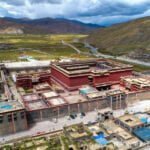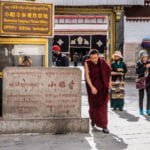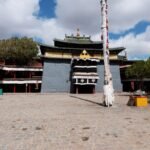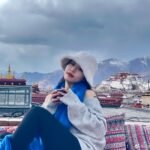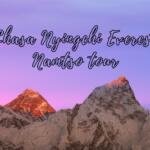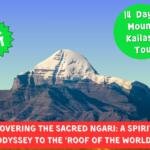Sakya, the cradle of the Tibetan Buddhism Sakya sect, emerged as the capital of the Sakya Dynasty in the mid-13th century, establishing itself as the political, economic, and cultural heart of Tibet. The town’s name, “Sakya,” derives from the grey soil of the adjacent Benboer mountain, translating to “grey soil” in Tibetan. Amid the ruins of Sakya North Temple, one can immerse in the area’s rich cultural and historical essence. Red, white, and grey stripes, symbolizing Manjushri, Avalokiteshvara, and Vajrapani respectively, decorate the temple walls.
Constructed in 1073 by Khon Konchog Gyalpo, Sakya Monastery, dubbed the “Second Dunhuang,” showcases an architectural style distinct from other Tibetan temples. Its design mirrors that of a fortress, complete with a circular shape and remnants of a moat surrounding the city walls. Sakya Monastery occupies a pivotal role in Tibet’s religious and political narrative. Over its 900-year history, it governed Tibet for more than 70 years. Under Phakpa Rinpoche‘s leadership, the monastery amassed an extensive collection of art, scriptures, and statues, making Sakya a treasure trove with 3,000 sutras that span thousands of years. Unlike the relics of Dunhuang, the murals within Sakya Monastery remain well-preserved, testament to the enduring legacy of Tibetan art and spirituality.
Assembly hall
The primary edifice of the Sakya temple is the Lakhang Chenmo, also known as the Assembly Hall. Along the passageway that leads to the main hall, there are golden Scripture cylinders on either side. Despite the erosion caused by time, the beauty and intricacy of the murals remain evident.
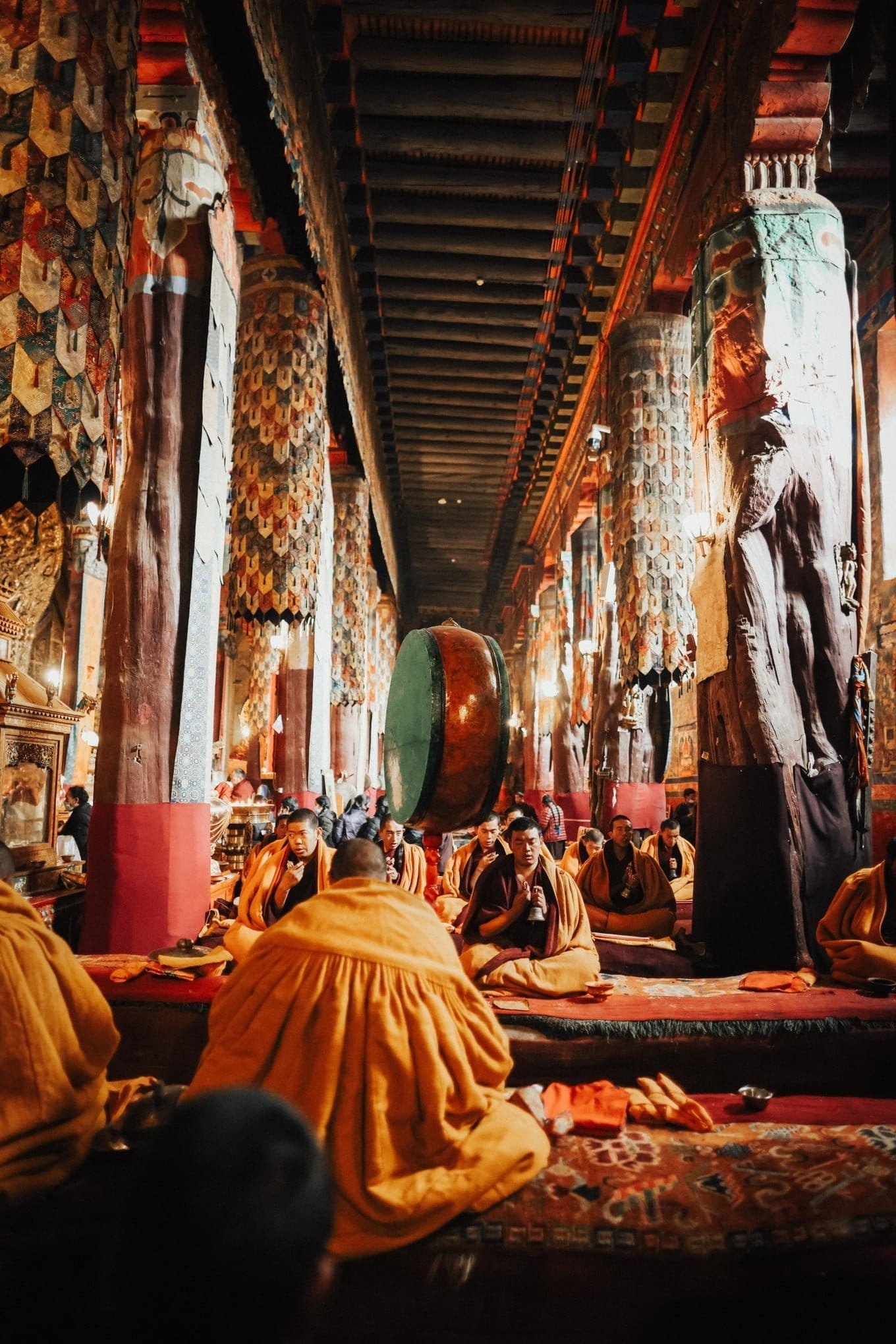
Forty towering columns support the primary chamber, with four pillars standing out for their renowned histories.
Kublai Khan Pillar: Legend holds that Kublai Khan gifted this column to the Sakya temple, earning it the name “Kublai Khan Column.”
Bison Pillar: Myth suggests that wild yaks bent their horns towards the Sakya temple, leaving horn traces on this pillar.
Ink Blood Pillar: Sea god folklore surrounds this pillar, with tales of blood left on it during its transport to the temple.
Tiger Pillar: According to legend, a tiger once carried this column to the temple. Standing naturally upright, it takes three or four people to encircle this pillar.
White Conch of Sakya
The Sakya Monastery treasures a white seashell, a gift believed to be from Kublai Khan, the Yuan Dynasty ruler. However, its uniqueness extends beyond its royal connection. Tradition holds that Sakyamuni himself used the white seashell, making it a revered object among monks and devotees. They cherish the belief that listening to its sound can cleanse sins, adding to its spiritual significance within the monastery.

The monks who blow the conch shell typically arrange themselves in a lengthy queue. They perform in remembrance of their departed loved ones and hold the belief that this practice can alleviate the suffering of rebirth and facilitate their transformation into virtuous individuals.
Sutra Hall
Within the central chamber’s narrow corridor, a concealed cryptic location can be discovered behind the Buddha statues. This place resembles a profound temporal conduit. Adorning the wall is an immense Sutra wall, consisting of countless grids of sutras. The Sutra wall, a priceless asset of Sakya temple, spans a colossal 9 meters in height and 60 meters in width, containing over 80,000 sutras.

Monks have spent centuries translating, transcribing, and venerating in Sanskrit or Tibetan using pens dipped in gold or ink. Standing before this wall, there is no light or sound, yet it stifles the breath of revered monks who have been copying Scriptures for centuries and touching their hands to it. Their spiritual radiance shimmers and trickles down the towering Sutra wall.
The monastery’s unique architectural style with white walls and red roofs houses numerous precious artifacts, such as ancient scriptures, murals, and statues. The most renowned relic in the monastery is the Dharma Chakra, reportedly brought to Tibet by the Indian Buddhist master Padmasambhava. Visitors can participate in various activities, including prayer sessions, witnessing monks performing rituals, and exploring the monastery’s shrines and halls. Guided tours and cultural programs are also available to enhance visitors’ understanding of Tibetan Buddhism and culture. A visit to Sakya Monastery is essential for those interested in Tibetan Buddhism and culture.


